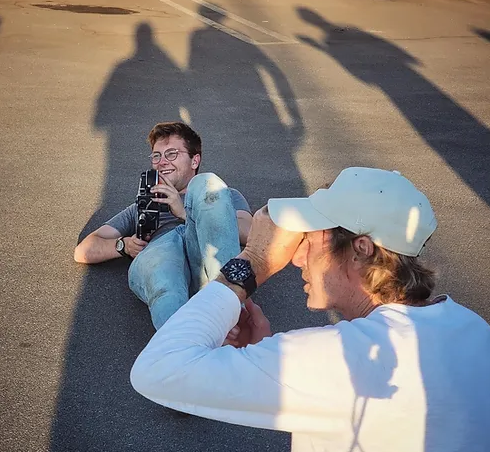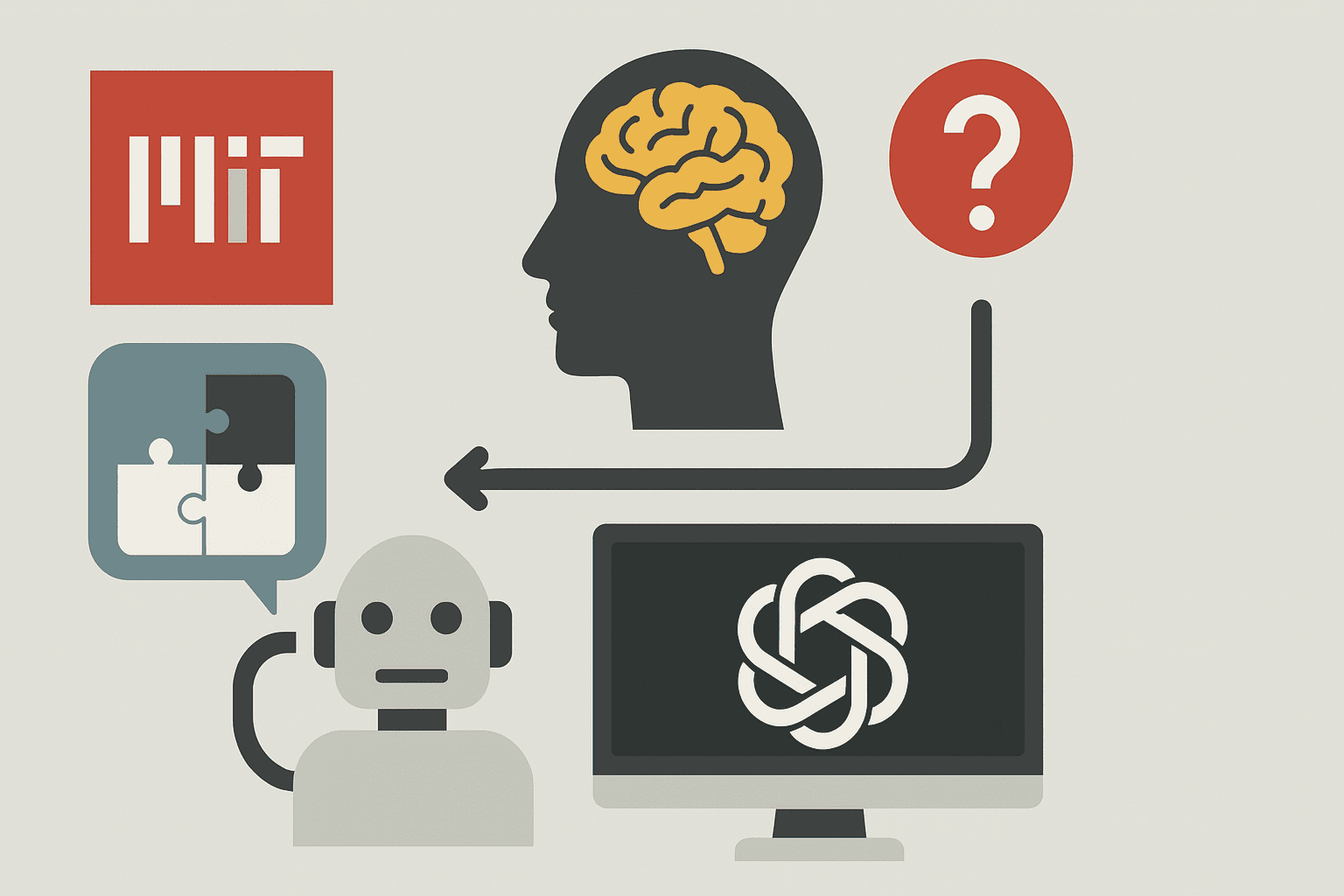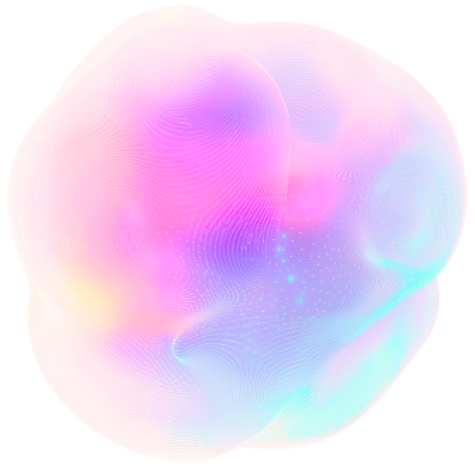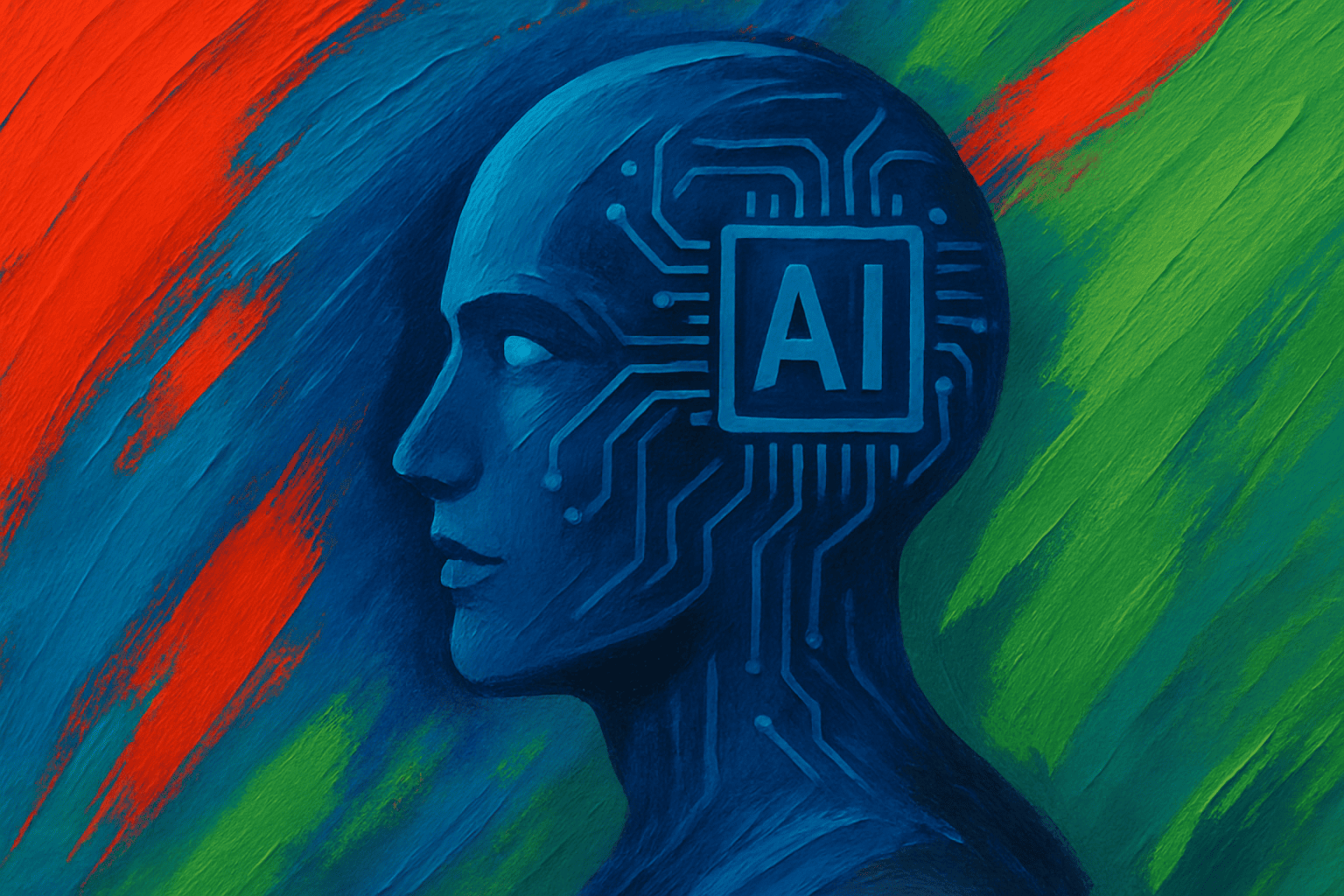In an era where the inundation of content threatens to eclipse the essence of storytelling, the advent of artificial intelligence (AI) in filmmaking heralds both a revolution and a conundrum.
Quinn Halleck, a visionary Hollywood director, navigates this frontier with a blend of apprehension and optimism. In his TEDxSonomaCounty talk, “Can Film Survive AI?”, Halleck elucidates the paradoxical impact of AI on cinema, arguing for its potential to democratize filmmaking while also warning of the challenges it poses to the industry’s cultural and economic frameworks.
The proliferation of AI-driven content creation tools promises to transform the landscape of storytelling, offering unprecedented opportunities for creative expression. Halleck, through his work on the documentary “Sigma_001,” exemplifies the synergy between human ingenuity and artificial intelligence.
“AI isn’t replacing filmmakers; it’s empowering them,” he said, showcasing how technologies like the text-to-video model Sora are reshaping the narrative process. Sora, with its ability to translate written narratives into visual spectacles, stands at the vanguard of this transformation, enabling creators to bridge the gap between imagination and visualization with ease and efficiency.
Yet, Halleck is acutely aware of the double-edged sword that AI represents in the realm of content creation. The democratization of filmmaking, facilitated by AI, risks inundating the cultural landscape with a deluge of content, potentially diluting the quality and impact of cinematic works.
“The world is already drowning in content,” said Halleck, pondering the fate of cinema in an age where personalized, AI-generated narratives cater to individual preferences at the expense of shared cultural experiences. This scenario, he suggests, could lead to the dissolution of mass culture and the communal aspect of storytelling that has been its cornerstone since the days of ancient oral traditions.
Halleck’s concerns echo historical apprehensions about technological advancements in the arts, from the introduction of CGI and 3D animation to the digital revolution in music and literature. Yet, he remains steadfast in his belief that AI, like its predecessors, will not obliterate the film industry but rather redefine its parameters.
“Almost every industry that has been shown a money-saving method has taken it on in the past,” he said, which acknowledges the economic imperatives that drive innovation in filmmaking. However, Halleck envisions a future where AI serves as a complement to human creativity, not a substitute.
Central to Halleck’s argument is the conviction that storytelling, at its core, is an inherently human effort. AI, for all its computational prowess, lacks the emotional depth and subjective experiences that imbue stories with resonance and meaning.
“The AI would do a lot of the dumb production work, but people would still direct and iterate on the results and add the artistic input,” Halleck suggested, advocating for a collaborative model where technology amplifies human creativity rather than usurping it.
This collaborative approach, Halleck argues, could democratize movie-making, enabling independent filmmakers to access tools and platforms once monopolized by large studio systems. In doing so, AI could catalyze a new era of cinematic innovation, where diversity of voice and vision flourish.
“Anybody with determination, excitement, and basic computing can have the potential to make something that the big companies buy and profit from,” he said.
However, Halleck is mindful of the challenges that accompany this technological evolution. The intimacy of the creative process, the tactile joy of filmmaking, and the communal experience of cinema are aspects of the art form that risk being marginalized in an AI-dominated landscape. He cautions against an uncritical embrace of technology, urging filmmakers and audiences alike to consider the implications of AI on the cultural and social dimensions of storytelling.
Halleck’s exploration of AI’s role in filmmaking navigates the tension between technological advancement and artistic integrity. Through “Sigma_001” and his advocacy for a balanced integration of AI in cinema, Halleck champions a future where technology serves as a catalyst for creativity, not a crutch. As filmmakers and storytellers grapple with the implications of AI, Halleck’s insights offer a roadmap for harnessing the potential of artificial intelligence while preserving the essence of human expression that lies at the heart of cinema. In this rapidly evolving digital landscape, the symbiosis between human creativity and AI promises to redefine the art of storytelling, ensuring its survival and flourishing in the age of automation.
Featured image: Credit: Quinn Halleck






